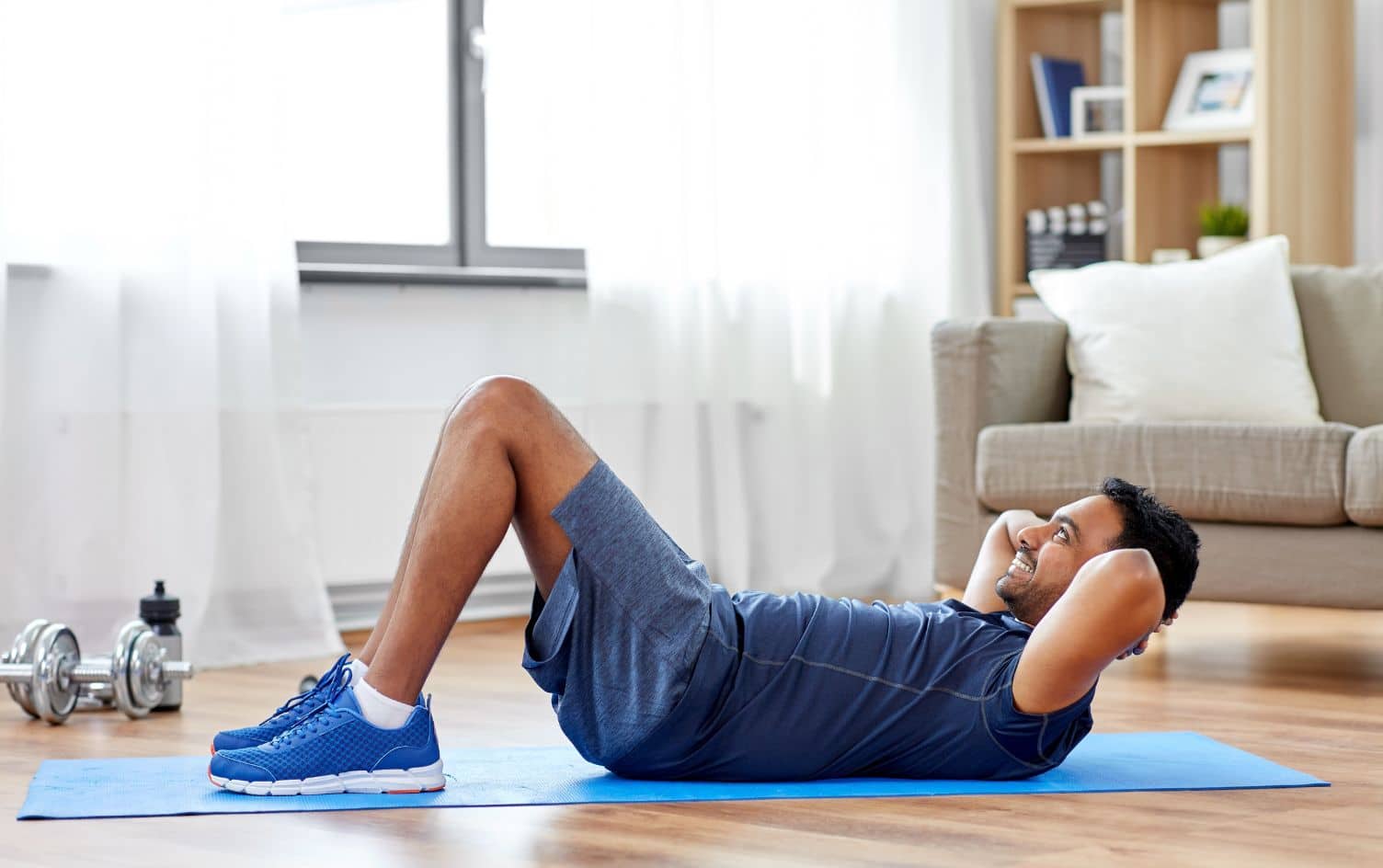Luckily most of us can tell the obvious things not to attempt at the gym — no matter what Instagram says. However, there are other, less egregious exercise mistakes many of us make and have no idea how bad they may be.
Here are four common workout blunders and how to fix them so you can stay safe and get the results you want.

Going from pushups to mountain climbers or squats to tuck jumps or lunges to switch jumps can help athletes train for endurance and explosive power. “But the majority of people won’t be as successful on the second exercise,” says Amy Dixon, Equinox’s director of group fitness programming.
In the case of pushups followed by mountain climbers, first you give everything you have and tax your wrists, core, shoulders, chest and arms. “Then you ask pretty much the same muscle groups and joints to align and fire again. This could lead to injuries,” Dixon explains.
FIX: Work different muscle groups, move in different planes of motion and mix up your movement patterns. Follow pushups or chest presses with a rowing movement, for example. If you’re moving in the sagittal plane (front-to-back), doing something like a reverse lunge with a biceps curl, add movement in the frontal plane (side-to-side) with skater squats.

Sometimes instructors simply say “grab a set of dumbbells” when you walk into a group class. If you don’t ask what you will be doing, you may grab something too light and end up doing deadlifts with 5 pounds or you could go too heavy and struggle to do overhead presses with 20 pounds.
FIX: Ask what exercises you will be doing and how long you’ll be doing them. If you’re doing movements that target bigger muscles and others that target smaller muscles, take more than one set of dumbbells. (But be considerate of your classmates and try not to take more than two sets.) If you find yourself flying through movements or having a hard time once class starts, don’t be shy — stop and get a more appropriate set of weights.

Combination exercises are great to get your heart rate up, build more muscle and increase coordination and proprioception. But, if your core isn’t strong and pliable, it could lead to injury. “Everything is dependent on what is happening in the middle of your body before you add any load,” Dixon explains. By engaging and warming up your core, you’ll add stability to your movements and ensure better form with lower injury risk.
FIX: Do core activation exercises, such as deadbugs and planks, before doing combination exercises. If you feel unstable doing a Romanian deadlift and bent-over row, stop, engage your core and establish a solid foundation first.

“HIIT, pump and spin classes are all awesome and torch hundreds of calories fast, but they should not be the only exercise you do,” says Mark Barroso, certified personal trainer and owner of Barrosofit. Although these classes improve muscular endurance, they don’t have much muscle-building work. “There comes a point of diminishing returns with muscular endurance workouts where being able to last longer won’t benefit you in shorter, more explosive activities like box jumps, barbell squats and overhead presses. You’ll need some muscle for those,” Barroso adds.
FIX: Do 1–2 muscle-building workouts a week. For each exercise, do 3–5 sets of 8–12 reps using 60–85% of your 1-rep-max weight. Barroso recommends supersets of exercises such as dumbbell bench presses and barbell bent-over rows, and front dumbbell raises and machine rear deltoid flies.

“Training on an unstable surface has incredible benefits. It amplifies all the work you’d do on a stable surface and really works your core and ankle stability,” says Dixon, who is on the development team for BOSU. But you’re actually only supposed to use a BOSU with the flat, black side on the ground, she adds. Most non-athletes who use it the other way are likely not using their full range of motion and also using less weight, she explains.
FIX: Flip it over and use it the right way, then use bigger movements (i.e., your full range of motion) and a weight that really challenges you. “You will stay safe and get to a fitness level you desire” without risk of injury, Dixon says.




